How To Create Backup On Windows 10

A toolset you might be used to from Windows 7 in Windows 10 is creating a System Image backup. It can be used to restore your entire PC or individual files.
Windows 10 offers several ways to back up and recover your data. One toolset that you might be used to from Windows 7 is creating a full system image backup. A system image can be used to recover files or restore your entire PC if you're unable to boot into Windows.
It can also be used to access files in backups you might have made in Windows 7 or Windows 8.1.
Create a System Image in Windows 10
To get started, hit the Windows key on your keyboard and type: control panel and choose the Control Panel app from the results. That will open the classic Control Panel that you're used to from earlier versions of Windows.

Once you have Control Panel open, click Backup and Restore (Windows 7).
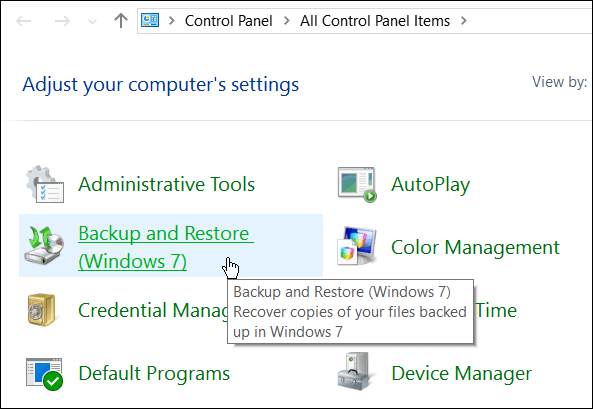
Then click the Create a system image link on the left side of the menu.

Windows will scan your computer for backup devices, and you have a few different ways to create your system image. You can use an extra internal or external drive, a network location, and still go "old school" and use DVDs.

Note: Backing up to a network location like a NAS or Windows Home Server is for experienced users and takes a bit of work. Make sure that Windows is set to discover network locations, browse to the network share, and the first time you'll need to enter your admin credentials. Unless you have a network share set up, you don't need to worry about this option.
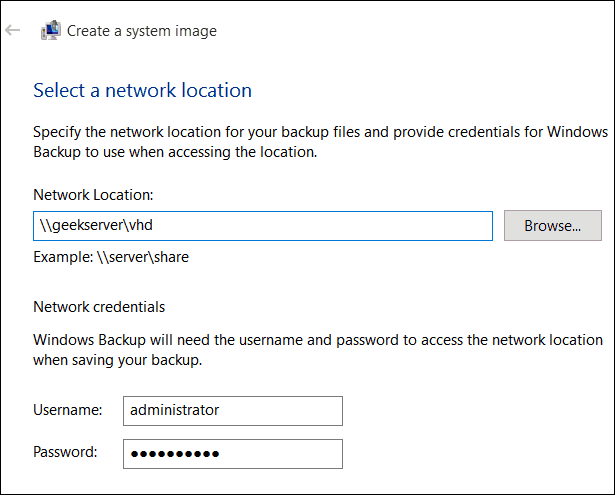
For this example, I will use what most people would — an external drive plugged into my PC. After selecting your drive and everything looks right, select Start Backup and wait while the image is created.
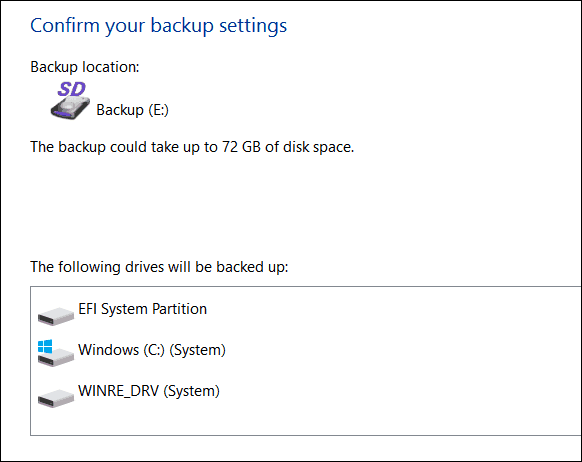
You'll get a progress screen while the backup is being saved. The amount of time it takes will vary depending on the amount of data you have and your hardware.
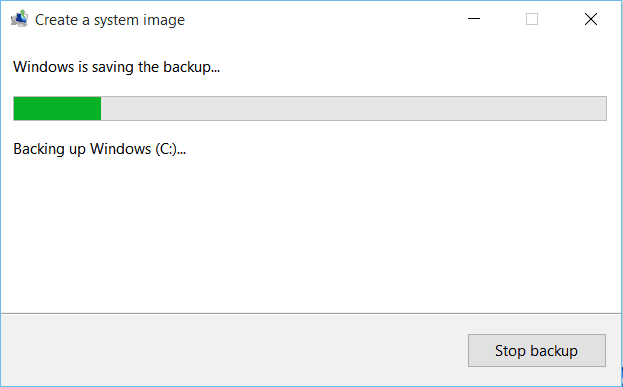
When it completes, you will get the option to create a USB recovery drive. If you haven't created one yet, definitely do it now, so you're prepared to recover your computer if needed.

If you're wondering where the image is, go into the drive or network location you used, and look for the folder called WindowsImageBackup.

More on Windows 10 Backup and Recovery Tools
Windows 10 has several new backup and recovery features that can come in quite handy if something goes awry.
A PC Reset feature allows you to restore Windows 10 while keeping your files or even downgrade to your previous version of Windows (within the first 30 days of upgrading).
And the Advanced Recovery environment provides System Restore, System Image Recovery, Startup Repair, Selective Startup, and a command prompt for advanced troubleshooting. You can access Advanced Options by holding down the Shift Key and clicking Restart.
In fact, we showed you that trick when we covered how to start Windows 10 in Safe Mode. You can also access the Advanced Options environment by creating a Windows 10 USB Recovery Drive.
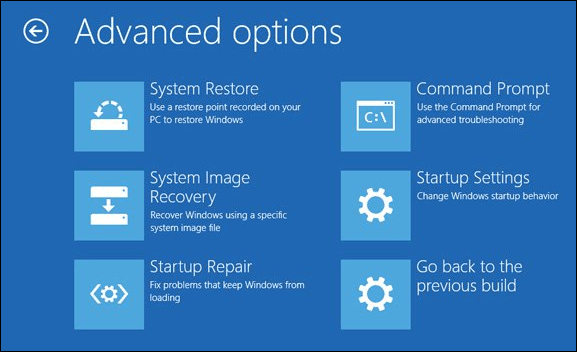
When it comes to file recovery, and backup, in addition to making a System Image, there is File History that can be configured to automatically back up your most important files to a separate drive or network location. It's a lot like Time Machine in Apple's OS X, but for Windows.
Even with all of these options to backup and recover your data or PC, there might come a time when things are so bad (deeply embedded malware, for example), or you want a fresh start, and that's where grabbing the Windows 10 ISO and doing a clean install comes into play.
If you haven't upgraded your Windows PC to Windows 10 yet, make sure you back up your data first. And with that, you might want to create a system image. Check out the link that pertains to your system below for a step-by-step guide:
- Create a Windows 7 System Image Backup
- Create a Windows 8.1 System Image Backup

How To Create Backup On Windows 10
Source: https://www.groovypost.com/howto/create-windows-10-system-image-backup/
Posted by: johnsonwhowerromed56.blogspot.com

0 Response to "How To Create Backup On Windows 10"
Post a Comment